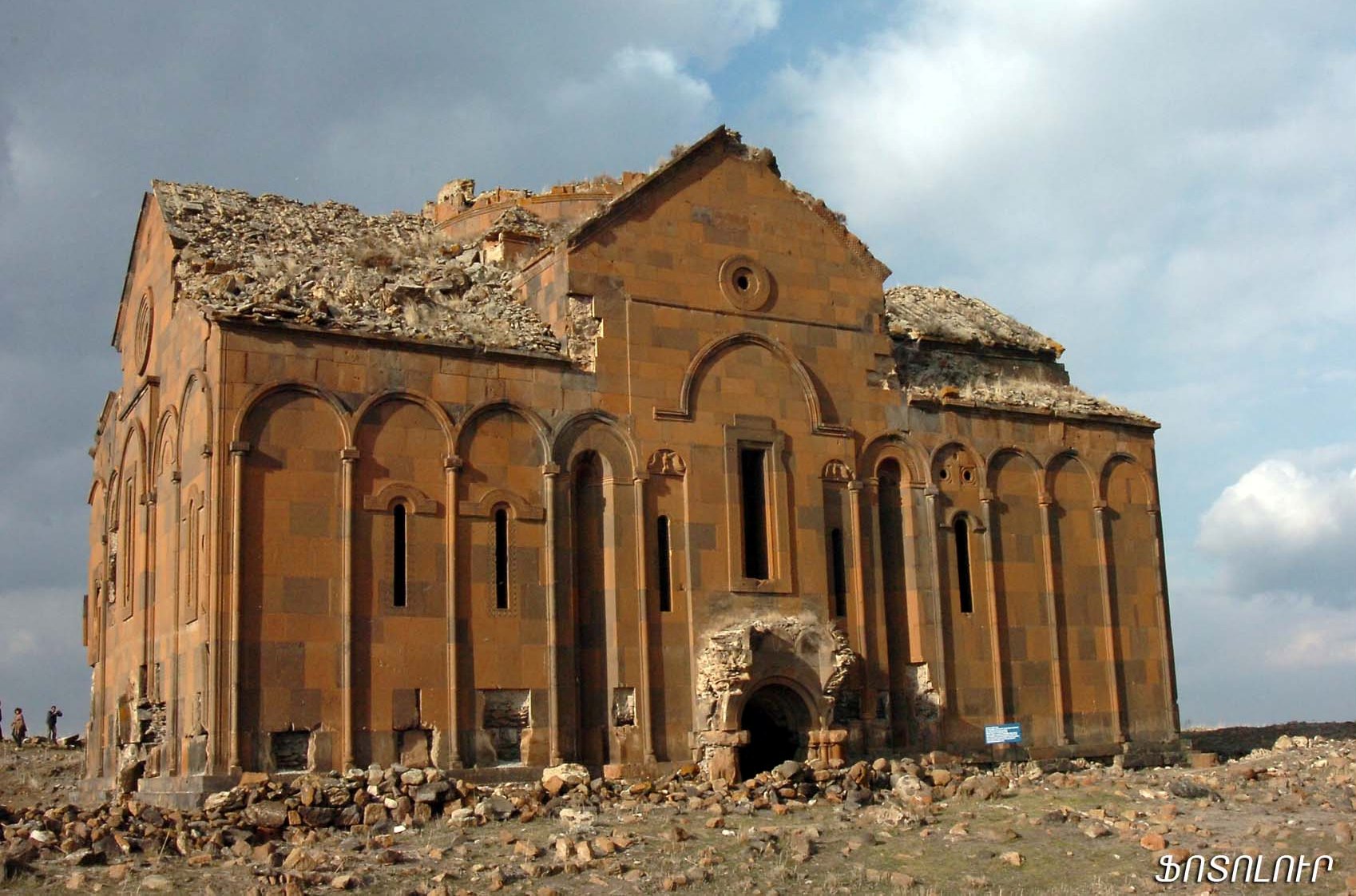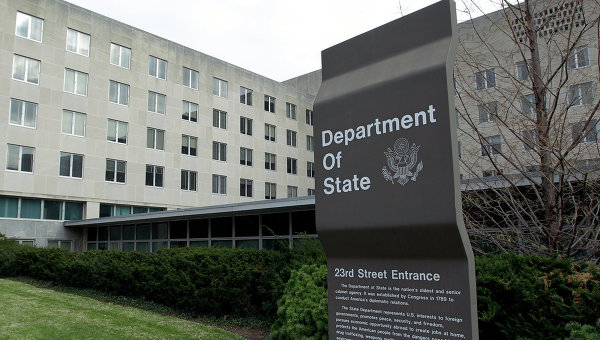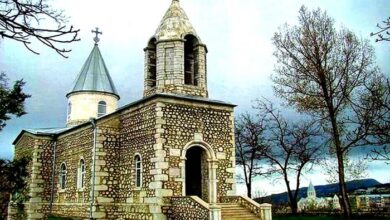
Ani, a ruined and uninhabited Armenian city situated in the eastern Turkish province of Kars on the Armenian frontier, will be the subject of new academic work to better present site to visitors.
Archaeologists are planning renewed excavations next year in Ani, an ancient Armenian city in the eastern province of Kars, the Hurriyet Daily News reports.
Academics from Pamukkale University in Denizli have applied to lead the excavation works and are currently conducting negotiations with the Culture and Tourism Ministry, according to Hakan Doğanay, the Kars culture and tourism director.
There are two application programs and three projects for the ruins that are right on the border with Armenia, he said, noting that the work was expected to finish by the end of 2013.
The work will involve creating a detailed map of the site, which was once the center of a powerful Armenian empire and possessed a population of between 100,000 and 200,000 over a millennium ago, making it one of the biggest cities in the world at the time.
Ani was once the capital of a medieval Armenian kingdom that covered much of present-day Armenia and eastern Turkey. Ani is protected on its eastern side by a ravine formed by the Akhurian River and on its western side by the Bostanlar or Tzaghkotzadzor valley. The Akhurian is a branch of the Araks River and forms part of the current border between Turkey and Armenia.
Dubbed the “City of 1001 Churches,” Ani stood on various trade routes, and its many religious buildings, palaces, and fortifications were among the most technically and artistically advanced structures in the world at the time, according to specialists. Unearthing the ruins at Ani would shed light on the past, Doğanay said.
Doğanay said the site occupied 78 hectares of land and was surrounded by 4,500-meter-long ramparts. In addition to its numerous churches, the site also features the remains of an inn, a public bath, a mosque and other buildings, Doğanay said.
The site was located on the historic Silk Road and formed the first gate connecting the Caucasus to Anatolia before a sea route was discovered.
Ani is on the World Cultural Heritage List. “Ani is a city of universal religions. We call it a world city since people from all nations, cultures, and races live there,” Doğanay said.
“It is essential to bring this world city to light and give it to the world as soon as possible. Our workings are ongoing in a planned and systematical way,” Doğanay said.
In 2011, 21,460 people visited Ani. Sixty percent of them were foreign, while 40 percent were locals. “We think they were attracted since Ani is a world city,” the cultural official said, the Hurriyet Daily News says.










